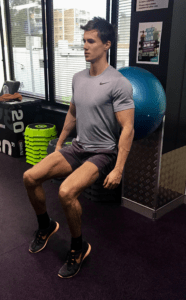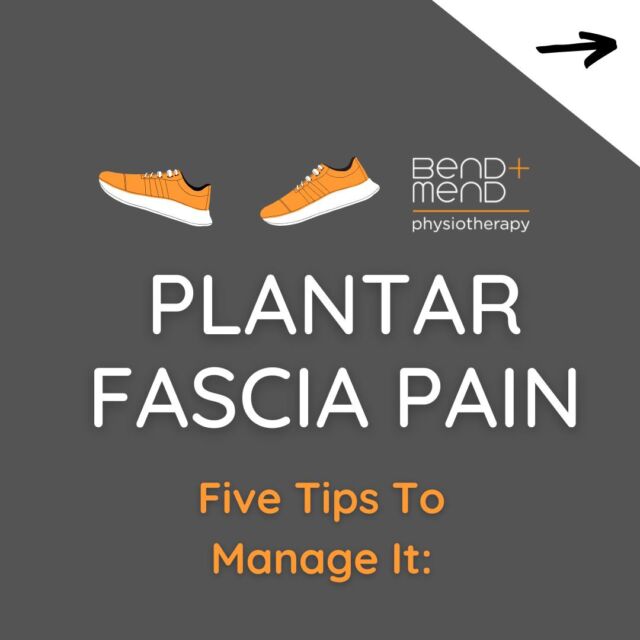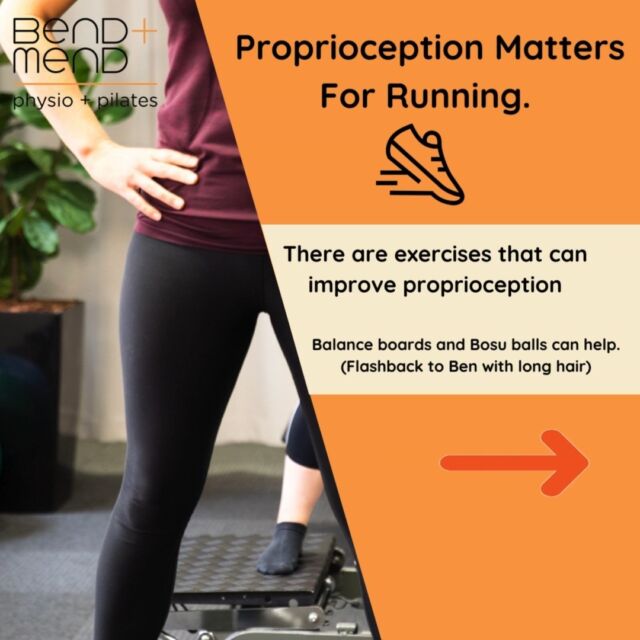For an overview on the causative factors and clinical presentation of medial tibial stress syndrome (MTSS), also often known as Shin Splints, please click here.
So, what are the main aims of exercise in the management of MTSS or Shin Splints?
- To improve load capacity of the calf
- To improve kinetic chain load capacity by strengthening the key muscles that help to manage load
- Include weight-bearing exercises to improve bone load capacity
 Here are three exercises I would recommend if you display symptoms of MTSS:
Here are three exercises I would recommend if you display symptoms of MTSS:
- Soleus wall squat
This exercise targets both the soleus muscle (one main component of the calf complex) and quadriceps, which are both vital in absorbing load during running.
- stand against a wall (or against a swiss ball on the wall if you have one) and raise up on to your toes. Whilst maintaining this position on your toes, squat to approximately 80° and hold for 30 seconds. Repeat this 4-6 times.
- Scooter with a resistance band
This exercise primarily targets the gluteus maximus and gluteus medius muscles, which are both very important for absorbing load and controlling pelvic stability (to help reduce pelvic drop) whilst running.
- start by stabilising on your left leg with a theraband attached around the moving (right) leg. Have the left knee bent to 30°, and the trunk with a slight forward lean. Whilst maintaining this position on the left leg, gently kick back your right leg against the resistance band and return to the starting position. Perform 3 sets of 20 repetitions on each leg.
- Straight and bent leg calf raises
These will strengthen the gastrocnemius and soleus muscle groups, which make up the calf complex.
- stand on one leg on the edge of a small step (with or without dumbbell weights) and perform 3 sets of 15 repetitions with the knee straight. Perform the same exercise with your knee bent to 30°, completing 3 sets of 12 repetitions on each leg. Ensure you keep it slow and controlled.
Now I know I said three exercises, but here is a fourth which is very effective in targeting the gluteus maximus, gluteus medius, and hamstring muscle groups, leading to improved load capacity of the whole kinetic chain and enhancing pelvic stability.
If you are suffering from shin pain with running or any other activity, come and see one of our experienced physiotherapists at Bend + Mend Martin Place or Barangaroo – King Street Wharf, and ensure that you are correctly diagnosed and provided with the appropriate management program to get rid of your shin pain.







